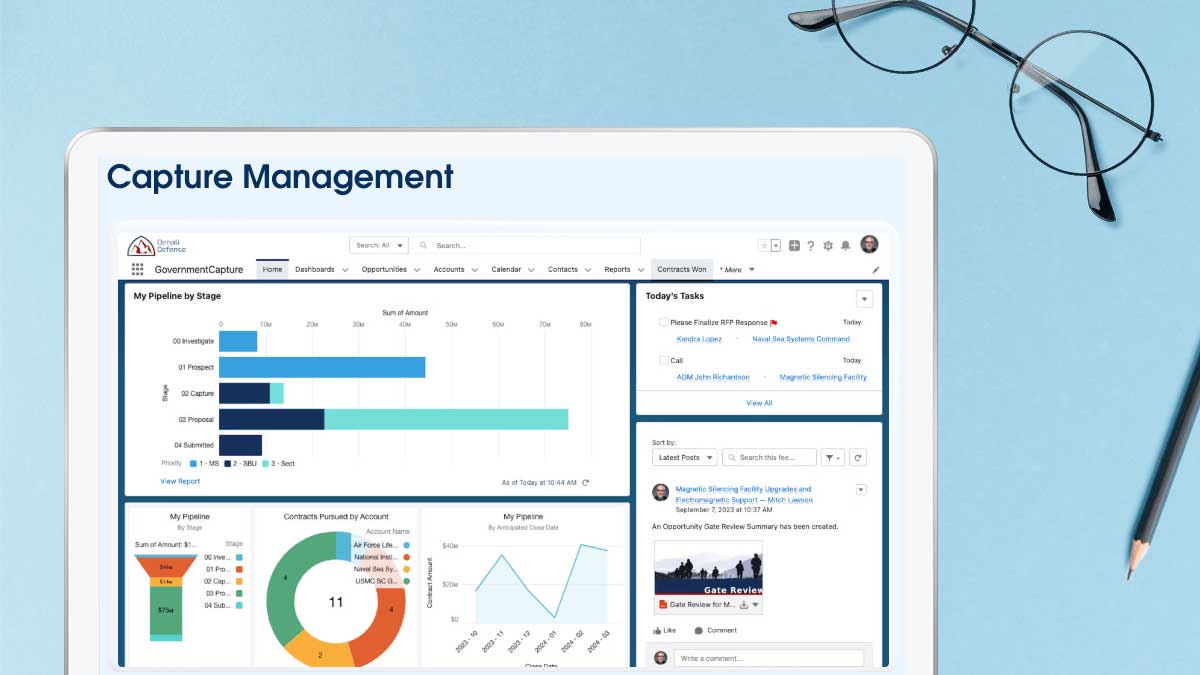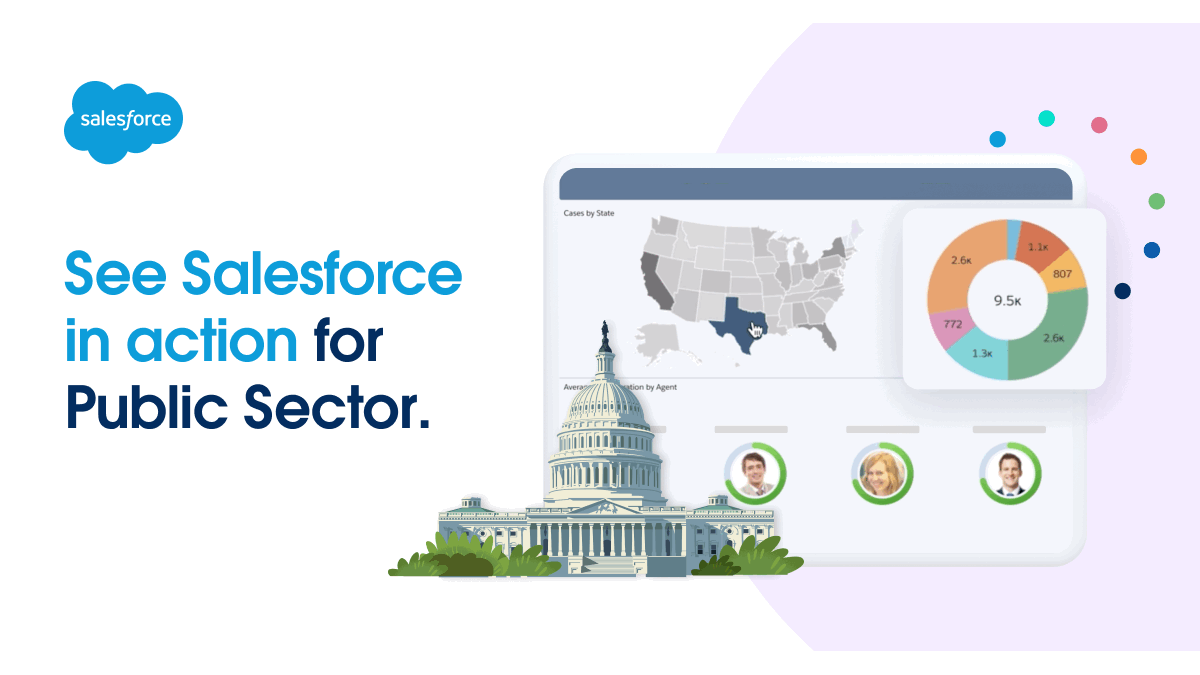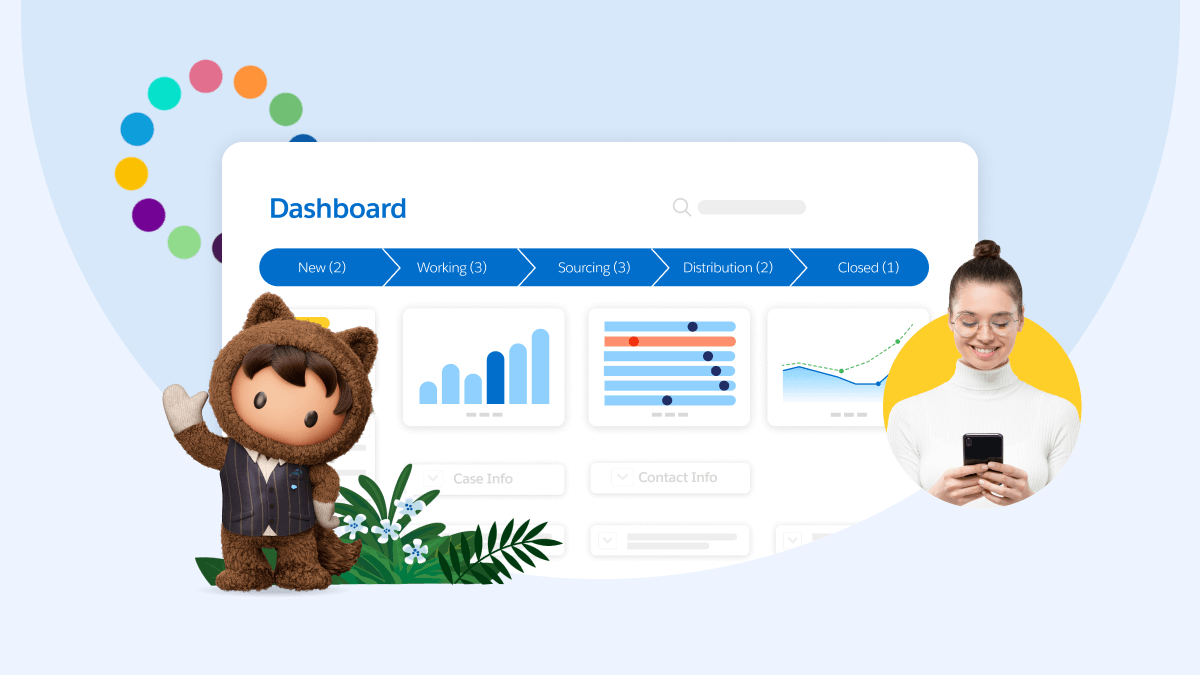The National Ignition Facility Makes Headway In Scientific Innovation
National Ignition Facility supports the nation's scientific capability with the cloud
Lawrence Livermore National Laboratory operates and manages the National Ignition Facility (NIF), the world’s largest and highest-energy laser system. NIF is a unique resource in the world for high energy density science, which studies matter under extreme states of density and pressure in support of the nation’s national security.
“We conduct focused experiments that support the national security mission. We also look at the physics of thermonuclear fusion and create the base technology for clean fusion power,” said Kevin Fournier, Ph.D., National Ignition Facility User Office Director, Lawrence Livermore National Laboratory. "But what really drives the success of NIF is the people. We recruit the world’s best scientific and engineering talent, which means that we need to be in constant communication with the scientific community around the world”.
NIF’s collaboration with the scientific community gives them the edge needed to remain a focal point in an ever-changing industry of science and technology. Their digital journey is an example of how federal agencies can coordinate communications with external organizations, stimulating the flow of creative ideas and collaboration opportunities.
Table of Contents
Enhancing Centralized Communication Channels in a Secure Environment
“We are a national security lab with a high fence and a really firm firewall,” said Fournier, “And we needed to create a solution to make it easier to do business with the outside world.” To strengthen the connection with the scientific community, the NIF team had to establish controlled communication channels beyond their firewall. This included modifying NIF's proposal process, which serves as the team’s primary information exchange with the scientific community.
Due to the complexities of scientific proposals, NIF found itself having to manage a great amount of detail, which was naturally communicated via email and spreadsheets. This sort of offline process, combined with the lack of version control, made content immediately out-of-date once sent to colleagues. “Information management was a key priority, but again our security parameters made it impossible to bring researchers behind our firewall to collaborate,” said Fournier.
In order to streamline the communication and collaboration, the NIF team had to:
- Establish controlled communication channels beyond the firewall. Experts often sit outside of the firewall, meaning the team needed a way to share news, announcements, general communications, and opportunities to collaborate with those vital to NIF’s work.
- Centralize data in a single repository that would allow the team to share NIF resources, automate intake and the workflow for the proposal process for new ideas and experiments, create an environment and workflow for technical review of proposals, and more.
- Do this all within a role-based environment. The NIF needs to ensure the right person has access to the right information, defined by roles and privileges in alignment with the security parameters, including those laid out in the U.S. National Cybersecurity Strategy.
“The bottom line is to ensure the future of the nation's science capability,” said Fournier. “One of the ways we're broadening the breadth of our reach is through the cloud.”
The Biden administration launched the National Cybersecurity Strategy that enforces security measures on how roles, responsibilities, and resources are to be allocated in cyberspace. This strategy is built on five pillars, the first of which is “Defend Critical Infrastructure” that states “strengthening collaboration between public-private entities through structured roles and responsibilities increases connectivity through the automated exchange of data, information, and knowledge.”
Where Federal departments and agencies have gaps in implementing cybersecurity requirements, the Administration will work with Congress to close them. However, organizations, like NIF, can leverage the cloud to implement the existing cybersecurity framework in alignment with the regulation.
Products Used
Building the Connection with the Scientific Community
The NIF launched a user portal on the FedRAMP-authorized Salesforce Customer 360 Platform for Public Sector that manages the bi-directional communication flow between NIF and the scientific community. The team uses it to support the proposal process, knowledge sharing, and collaboration. “We also use it to manage our internal mailing list,” said Fournier. “It allows us to target communications to the universities, private companies, laboratories, and our internal departments. Additionally, it allows us to put our resources in a centralized location outside of our firewall that can be referenced by external team members.”
Here’s how the solution works:
From the (proposer) user portal, powered by Experience Cloud, a scientist can submit a proposal to NIF through structured templates embedded within the portal that guides them through the submission process. The proposal’s submission triggers the administrative role.
Meanwhile the dashboard functionality provides the user (proposer) complete visibility into review status along with other updates. The portal informs users that proposals must be submitted by a specific time along with the required complementary support materials. It keeps the submission process essentially on-track," shared Fournier. The administrator would then assign the reviewer the proposal to assess per their area of expertise. The reviewer logs into their portal to see a list view of all assigned proposals and their respective statuses embedded within the dashboard. Sales Cloud stores all user information in alignment with the corresponding proposal validating the user’s (proposer) credentials. Service Cloud supports the case management functionality that powers the reviewer workflow, looping in all cross-functional stakeholders as needed. This is the same functionality that supports the NIF administrators who are responsible for communicating the request for proposals, managing proposal intake, and reviewer assignment distribution. User roles and privileges are enforced by the platform ensuring that each role's interface aligns with their corresponding workflows and tasks.
Metrics within the solution are extracted from populated fields, generating tables and reports on trends year-over-year on the volume of proposals submitted and the primary responders (for example, university partners, research laboratories, and other departments). This helps the NIF team determine how to best target their proposal communications. “I like to see the response trends from different types of users,” said Fournier. “For example, if I notice a trend that all nuclear physicists in the Midwest have stopped responding to us, I know that we need to revamp our communications strategy. This is vital to the mission of NIF: to support the nation’s long-term security by engaging the right talent and getting the next generation of scientists into the system.”
Advancing the Nation’s Scientific Goals in the Cloud
Since going live, NIF is nearly tripling the intake of proposals per the resources available. “Success for us was standing up the processes for formal proposal requests, intake, and having a credible external review body all built on a centralized tool,” said Fournier. “I can send out a solicitation to about 700 points of contact, and it’s incredibly successful if I get 40 submissions in return. Prior to using the NIF User Portal we would maybe get a half dozen submissions.”
To date the NIF user portal has:
- Supported approximately 1000 users
- Managed 80 to 100 proposal intakes per year over four calls (i.e. request for proposals)
- Completed approximately 40 projects per year which were successful and awarded facility time
The total impact of the 40 successful proposals in a given calendar year are nearly 400 unique, cutting edge high-energy-density physics experiments at the facility; enabling NIF to be an official hub for innovation and scientific research.
“Our digital strategy has enabled us to empower more subject matter experts, maximize more resources across our ecosystem, and produce better science as a result,” said Fournier. “Our bottom line is to ensure the future of the nation’s scientific capability, and we’re doing just that on this platform.”
More Resources

Guided Tour
See Salesforce's Capture Management solution in action

360 Blog
How Increased Cybersecurity Makes Government Technology Modernization Possible

360 Blog
3 Ways Better Technology Can Transform Government





